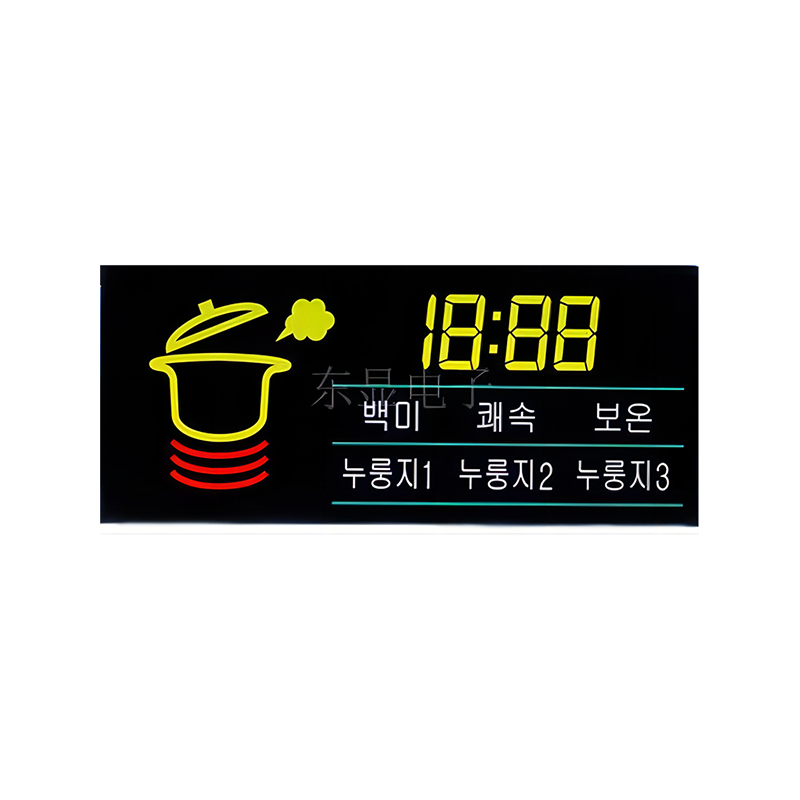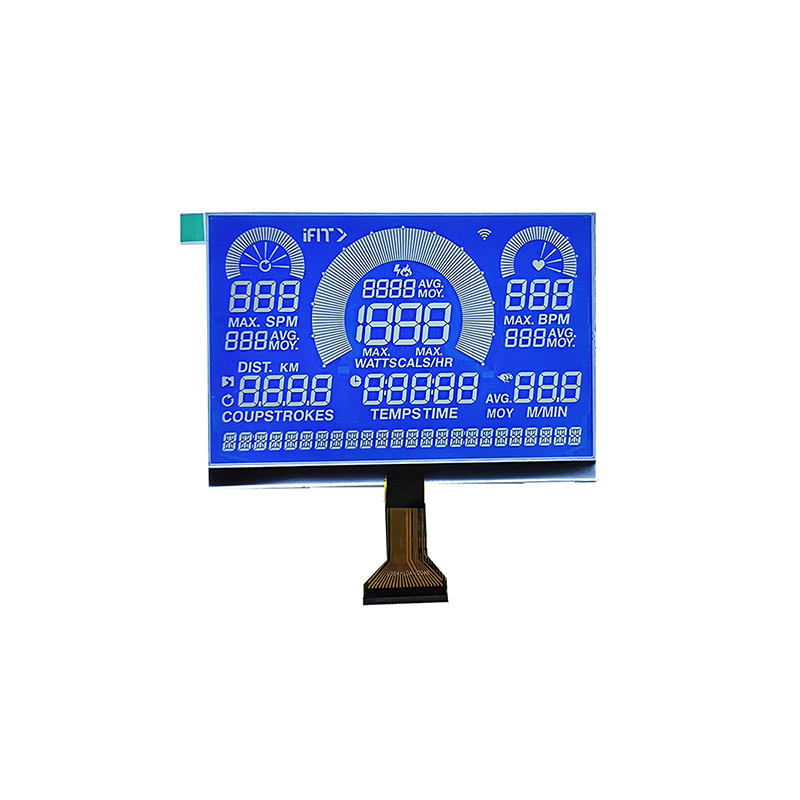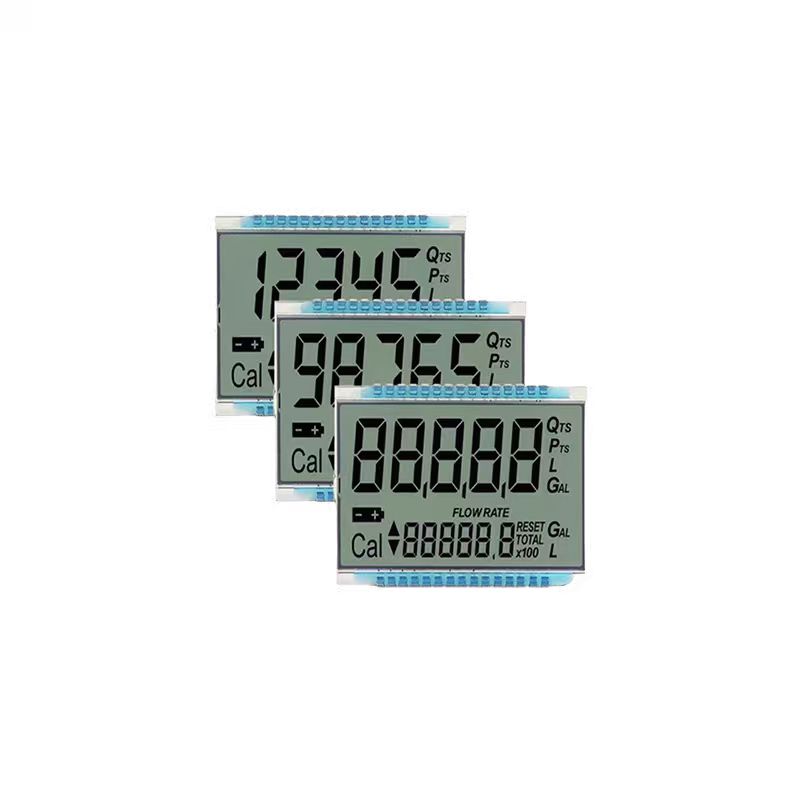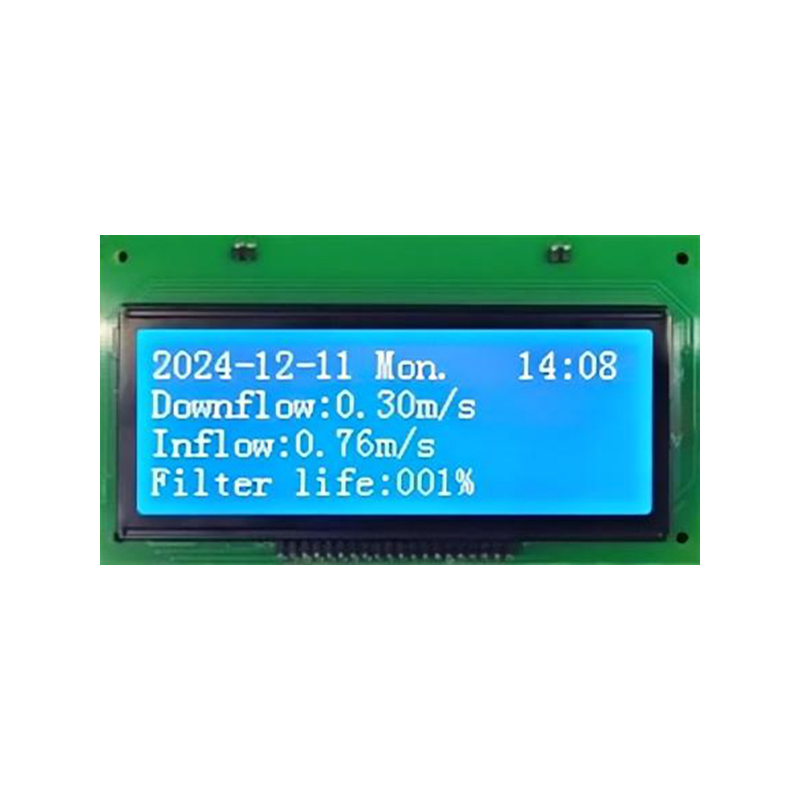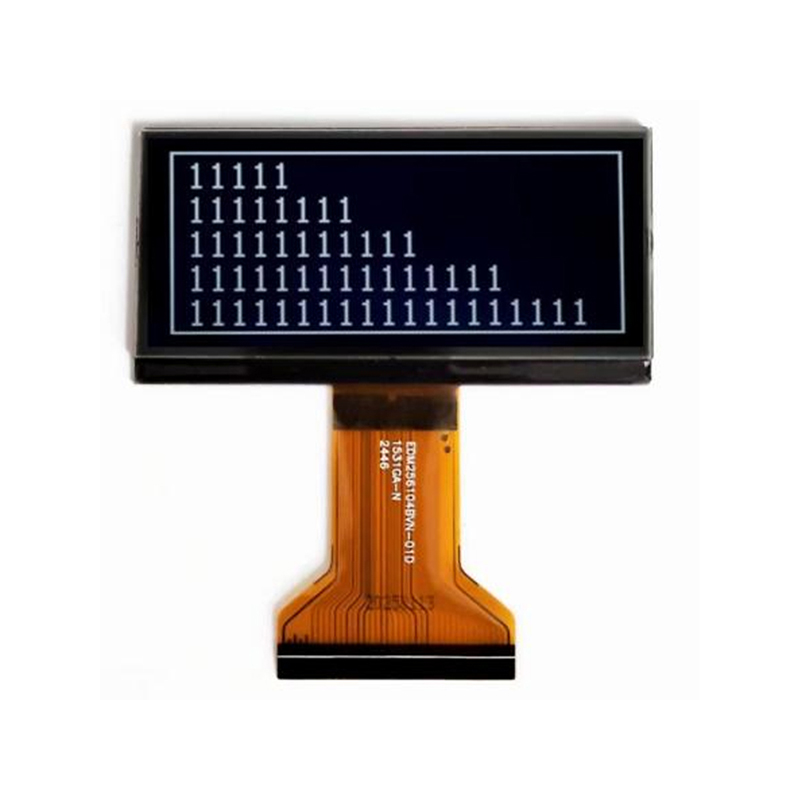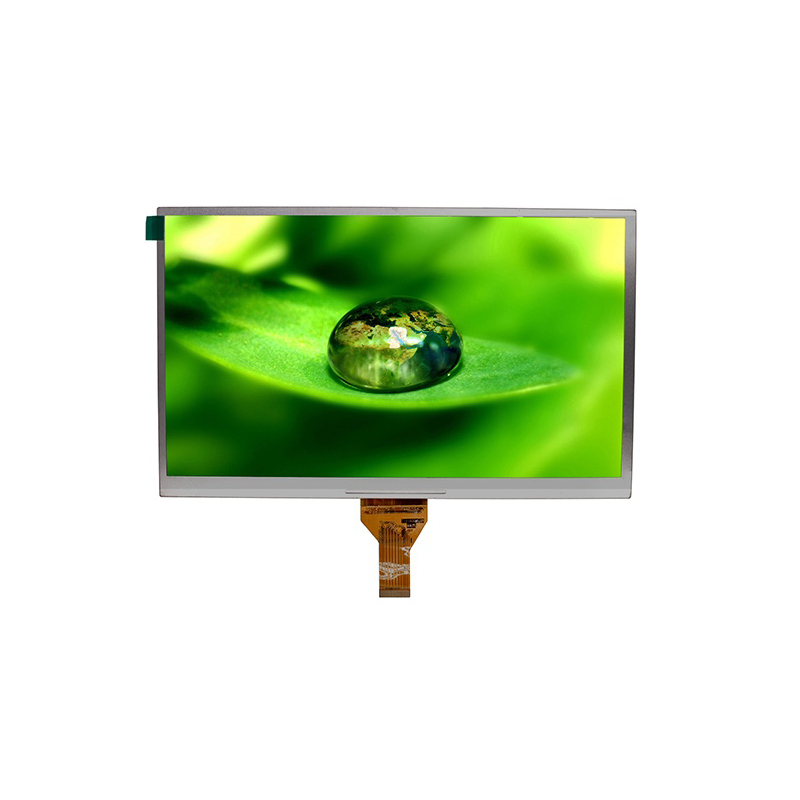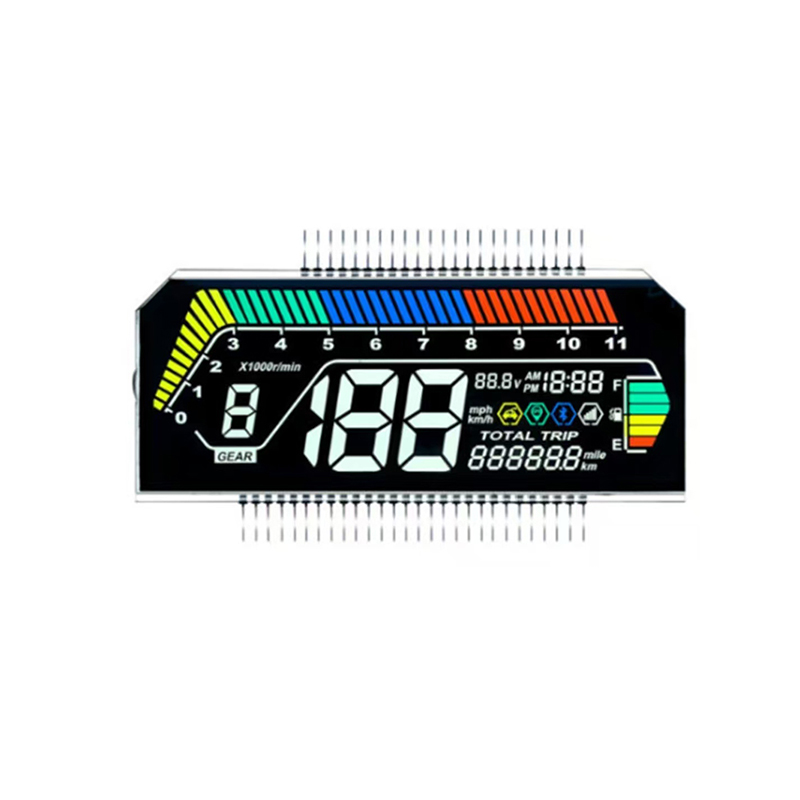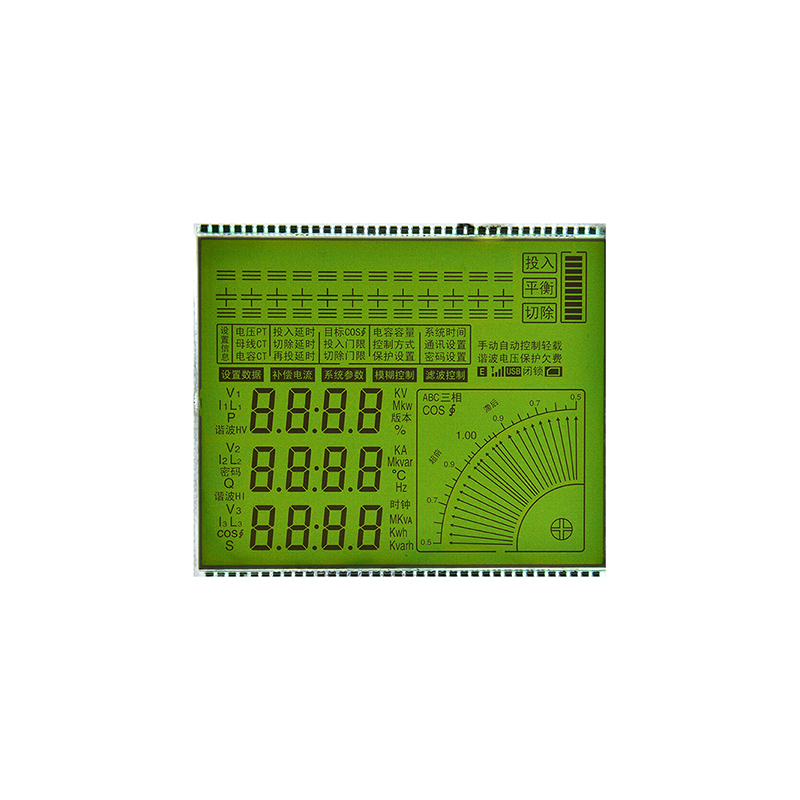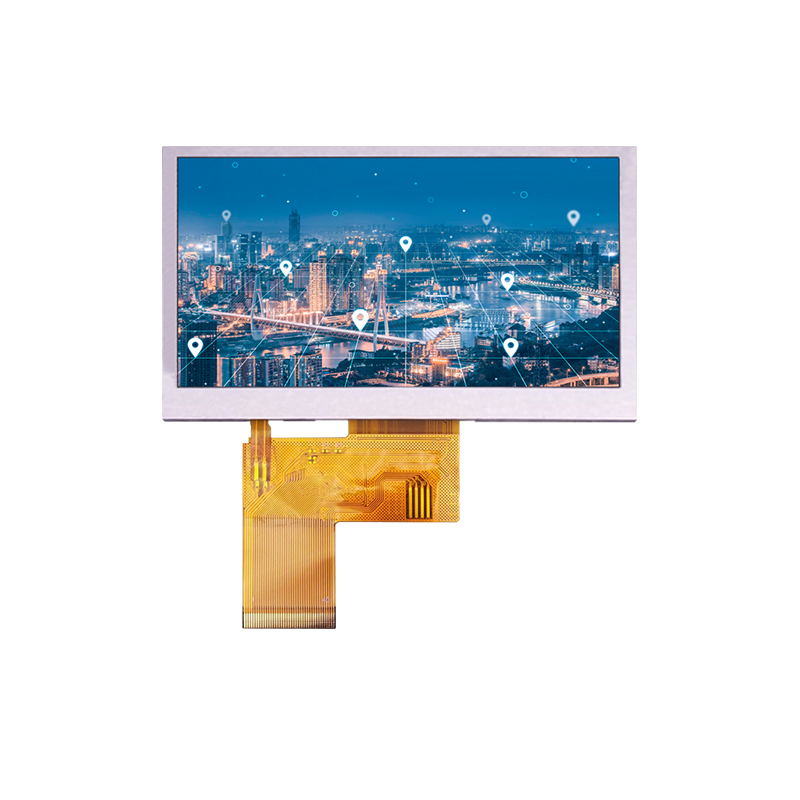
This guide explores the exciting intersection of transparent OLED displays and Arduino microcontrollers, providing a practical understanding of their integration, applications, and potential for innovative projects. We'll delve into the technical aspects, explore real-world examples, and offer resources to help you get started building your own transparent OLED projects.
Transparent OLED displays are a cutting-edge technology that combines the advantages of OLED (Organic Light-Emitting Diode) displays with transparency. Unlike traditional LCDs, which rely on backlighting, OLED pixels emit their own light, allowing for a degree of transparency when the pixels are off. This characteristic opens doors for unique applications in areas like augmented reality, heads-up displays, and interactive showcases. The level of transparency can vary depending on the specific transparent OLED display model and its manufacturing process. Higher transparency allows for more light to pass through, resulting in a more see-through effect, while lower transparency provides richer blacks and colors.
Selecting the appropriate transparent OLED display for your Arduino project requires careful consideration of several factors, including resolution, size, transparency level, and power consumption. Several manufacturers offer a range of options catering to different needs and budgets. Researching specifications and comparing features is crucial before making a purchase. Key specifications include pixel density (PPI), viewing angle, and brightness. Factors such as the required operating voltage and interface type (e.g., SPI, I2C) are also critical when selecting a display compatible with your Arduino setup.
Arduino's versatility makes it an ideal platform for controlling transparent OLED displays. Several libraries simplify the process of interacting with these displays. The specific library needed will depend on the chosen display's controller chip (e.g., SSD1306, SH1106). Once the appropriate library is installed, you can utilize functions to send data to the display, controlling the brightness, displaying text, and showing images. Online resources and forums provide numerous code examples and tutorials to assist in this integration. Remember to ensure the proper wiring between the Arduino and the display, adhering to the display's datasheet specifications.
Transparent OLED displays typically consume more power than traditional LCDs. Proper power management is crucial, especially for battery-powered applications. Using efficient power supplies and incorporating techniques like PWM (Pulse Width Modulation) to control brightness can help optimize power usage. Consider the display's power requirements and ensure your Arduino can provide sufficient current. The use of voltage regulators may be necessary depending on the display's voltage requirements and the Arduino's output voltage.
One captivating application of transparent OLED displays and Arduino is creating AR overlays. By combining sensor data (like GPS or accelerometer readings) with information displayed on the transparent screen, you can develop interactive AR experiences. Imagine a heads-up display showing navigation instructions or real-time data overlaid on the user's view of the physical world.
Transparent OLED displays are well-suited for creating interactive showcases and displays in retail, museums, and other public spaces. These displays can provide product information, change images dynamically, and respond to user interaction, leading to engaging and informative displays.
The combination of transparent OLED displays and Arduino opens a realm of possibilities for innovative and engaging projects. By understanding the technology, selecting the right components, and leveraging the available resources, you can create unique applications that blend the digital and physical worlds seamlessly. The journey into this fascinating technology begins with careful planning and a well-defined project scope, ensuring a smooth development process and achieving desired results. Remember to always consult datasheets for your specific hardware components for accurate details and specifications. For high-quality LCD and OLED display solutions, consider exploring options from Dalian Eastern Display Co., Ltd.


